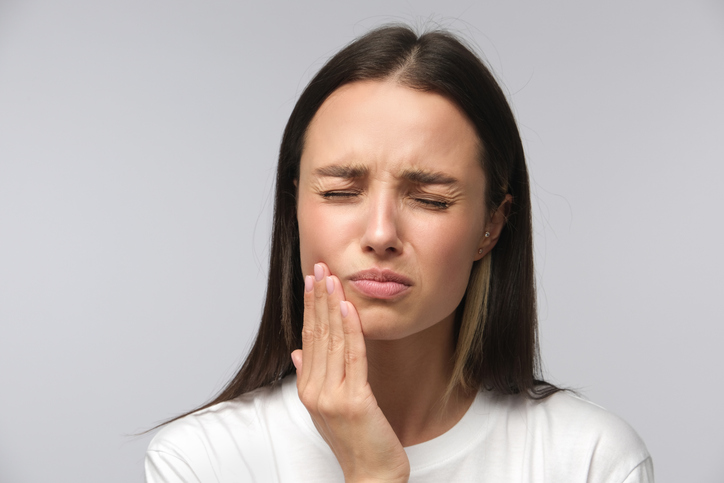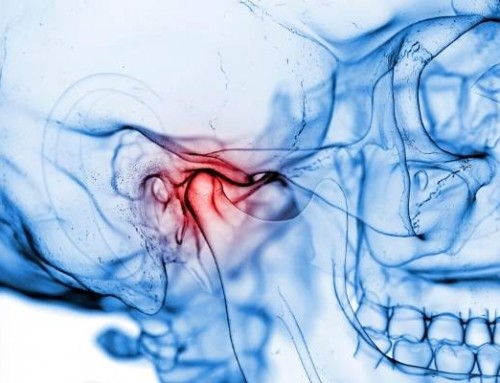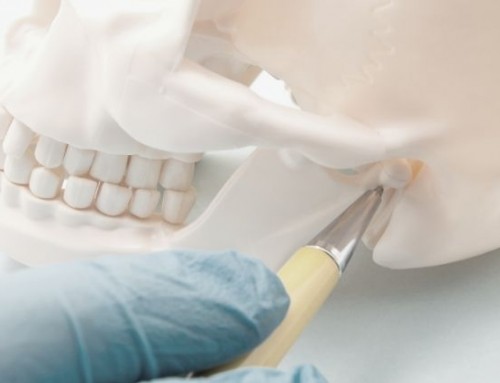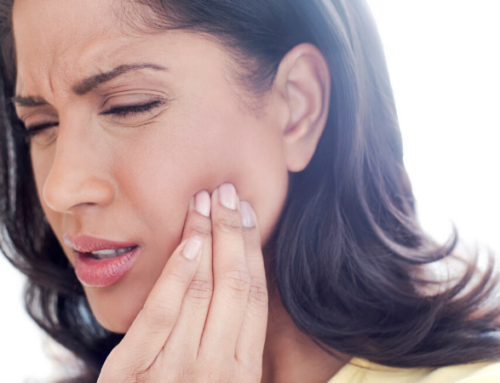by Breanne DeBarros, SPT
Jaw pain, clicking, pain with chewing, or inability to control jaw movements may be caused by temporomandibular joint disorders or dysfunction also known as TMD. Symptoms may also include tenderness with touch around the jaw, ear pain, and feeling a popping sensation. Severity of symptoms may range from moderate discomfort to severe pain. It most commonly occurs in adults particularly 20 to 40 years of age.
The jaw is connected to the skull via the temporomandibular joint on the right and left side. The joint is classified as a hinge joint. The jaw glides and slides along a cartilage disc that sits between the jaw and the skull. This disc provides some shock absorption and allows the movement of the jaw to be smooth. However, various factors such as disc damage, joint trauma, genetics, arthritis, or habits such as grinding teeth may cause TMD symptoms to appear.
TMD is classified into two categories, intra-articular and extra-articular. Intra-articular refers to the structures and biomechanics involved within the joint. Disc displacement is the most common cause of intra-articular TMD. Other causes include joint inflammation or joint degeneration. Extra-articular refers to the external structures such as the surrounding musculature. This classification can include muscle spasms, neck posture, and tendinopathy of the facial muscles as possible causes for TMD.
TMD can be diagnosed using various methods. History and a physical examination will help indicate the presence of TMD as well as determine if it is intra-articular or extra-articular. Imaging such as Magnetic Resonance Imaging (MRI), radiograph (X-Ray), or computed tomography (CT scan) may help provide further information regarding the state of the joint. However, imaging of the TMJ joint is not often necessary in the diagnosis.
There are many non-invasive treatments for TMD. Muscle relaxers and nonsteroidal anti-inflammatory drugs may help temporarily alleviate symptoms of TMD. Other treatments such as physical therapy, night guards, and cognitive behavior therapy may help correct the dysfunction occurring at the joint or surrounding musculature. If relief is not found with conservative management, surgical intervention may be recommended.
Ferneini EM. Temporomandibular Joint Disorders (TMD). J Oral Maxillofac Surg. 2021;79(10):2171-2172. doi:10.1016/j.joms.2021.07.008
Gauer RL, Semidey MJ. Diagnosis and treatment of temporomandibular disorders. AmFam Physician. 2015;91(6):378-386.
Liu F, Steinkeler A. Epidemiology, diagnosis, and treatment of temporomandibular disorders. Dent Clin North Am. 2013;57(3):465-479. doi:10.1016/j.cden.2013.04.006






